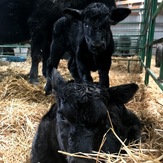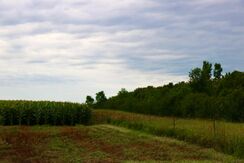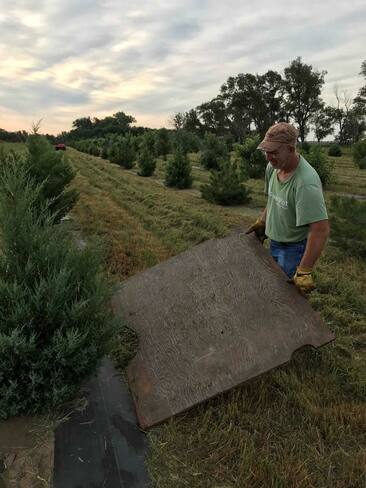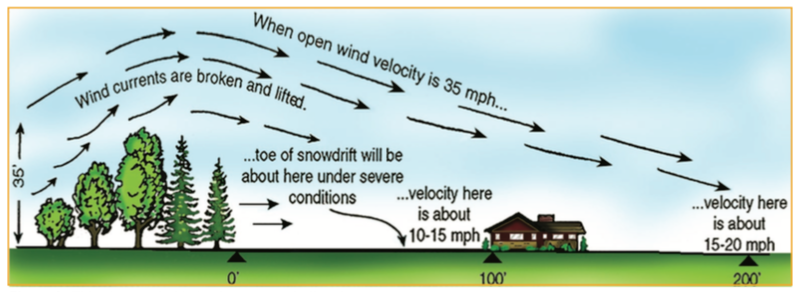Farmer's Daughter Blog Post: "The Most Dreaded Job"
Posted: 8/9/2018
Hello everyone! My name is Katie Schoenfelder and I am a Farmer’s Daughter.
Growing up you learn that a year has four seasons: Spring, Summer, Autumn, and Winter. These four seasons are usually most noted for the flowers, sunshine, leaves, and snow. In South Dakota we experience many of the weather extremes that Mother Nature is able to throw, so it’s never hard to tell where we are at throughout the year.
However, if you grow up as a farmer’s daughter you learn there are more than just four seasons. Farmers divide out the year just a bit differently. These seasons can be denoted by the various jobs you have going on. For example: planting, prepping, calving, fencing, rock picking, scouting, gardening, haying, harvest, weaning, feeding, etc. Depending on the operation and location, the year may look different. And no matter the differences, if you grew up on a farm you know exactly what I am talking about.



My favorite season is definitely summer, otherwise know as that time of year when you proudly sport “farmer tan-lines”, pick rock, scout fields, fix fence, and later on go to county and state fairs. I love being outside on the days filled with sunshine and the constant breeze that South Dakota is know for; being able to eat Forestburg watermelon, and listen to the cicadas chirp in the trees at night as your sit around a bonfire with friends and family.


While summer is my favorite season, there was always one thing I dreaded about summer. It meant that the job I dreaded the most, cutting the tree-fabric in the tree strips, was soon approaching. I knew I would be hot, covered in scratches from the evergreen trees, and that it would not be a quick job.
When we planted the tree strips, we installed the tree-fabric as a way to increase the ability to retain moisture in the droughty seasons and decrease competition of weeds. The only downside is that every year you must cut the fabric as the tree grows bigger and bigger. This chore isn't exactly fun but very necessary in order to maintain a healthy environment for the young trees.
My family put in tree strips for windbreaks on our farm for the many benefits they provide. Windbreaks can provide protection for livestock and habitat for wildlife, and increased crop yields, irrigation efficiency, and carbon storage, while reducing noise, pesticide drift, dust and other air pollutants.

However windbreaks provide benefits beyond the farm.
According to Purdue University: “Evergreen windbreaks can block up to 75 percent of the winter wind around the home, resulting in a reduction in winter heating costs up to 15 to 25 percent.”
Which is great news for those of us who live in South Dakota where the wind is always blowing.

Every time I come back home I see the trees and smile because of all the old memories. While working in the tree strip was a time that I dreaded, it taught me a valuable lesson. Sometimes the jobs that are the hardest and that we dislike the most, give us the greatest rewards in return.
Learn more about the benefits of tree strips here:
https://www.fs.usda.gov/nac/documents/workingtrees/infosheets/WTInfoSheet-WBSoilHealth.pdf
https://ag.purdue.edu/extension/eden/Disasters/Tree%20Windbreaks.pdf
Did you miss out on hearing me on this week's Farmer's Daughter?
Listen to it here: 8.6.18 FD Katie Trees.mp3
Be sure to tune in each week during the "It's Your Agribusiness" show on Monday's at 10am on KELO 1320 AM and 107.9 FM

Comments
blog comments powered by Disqus